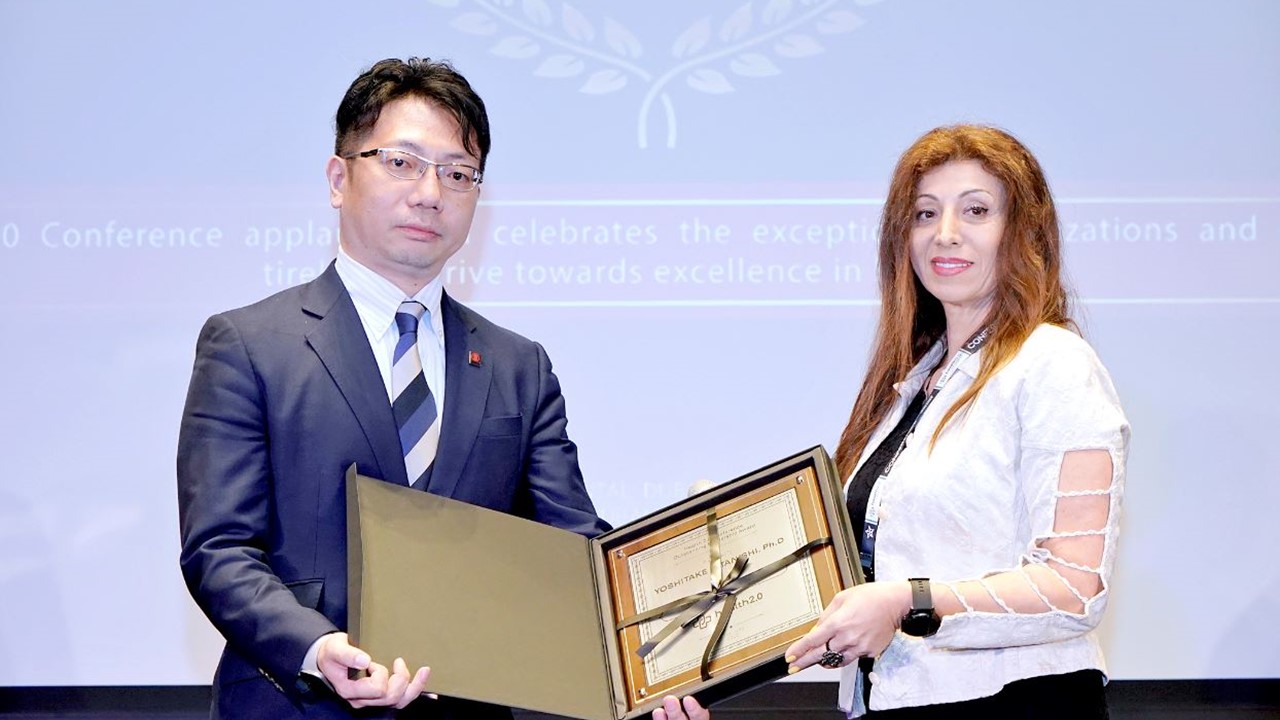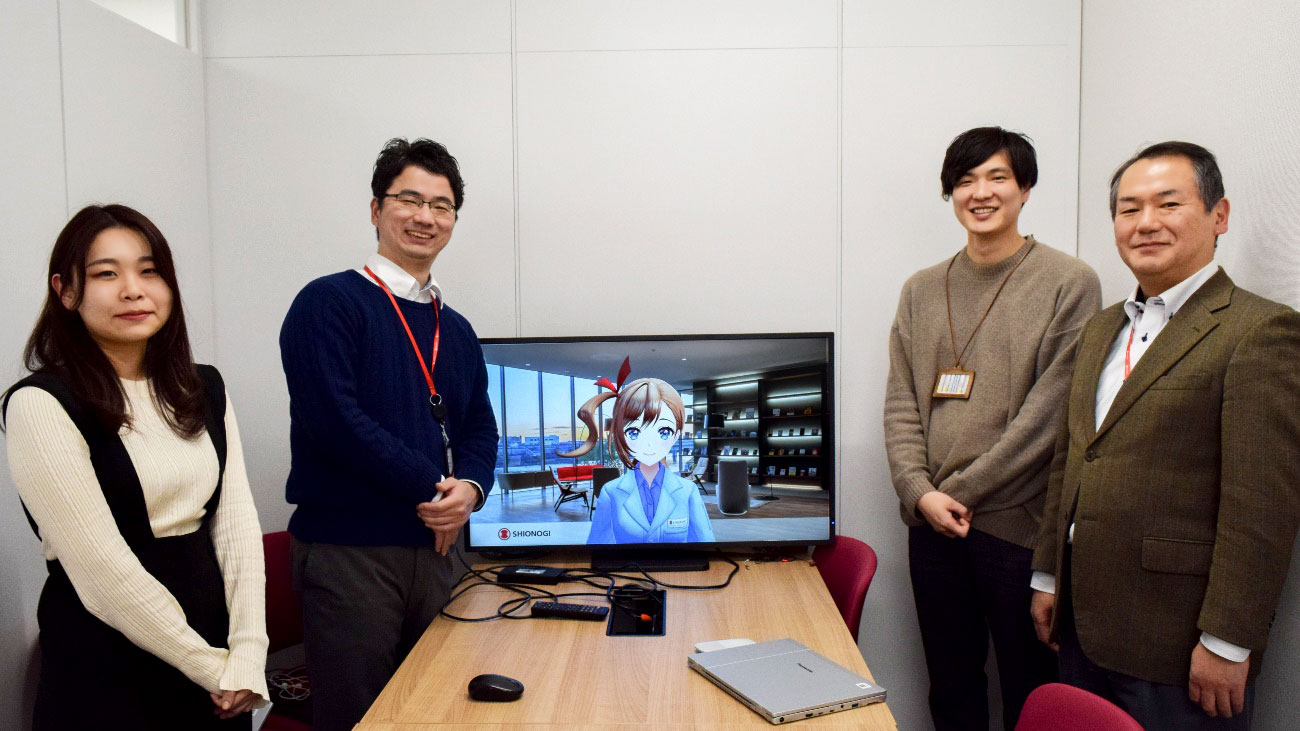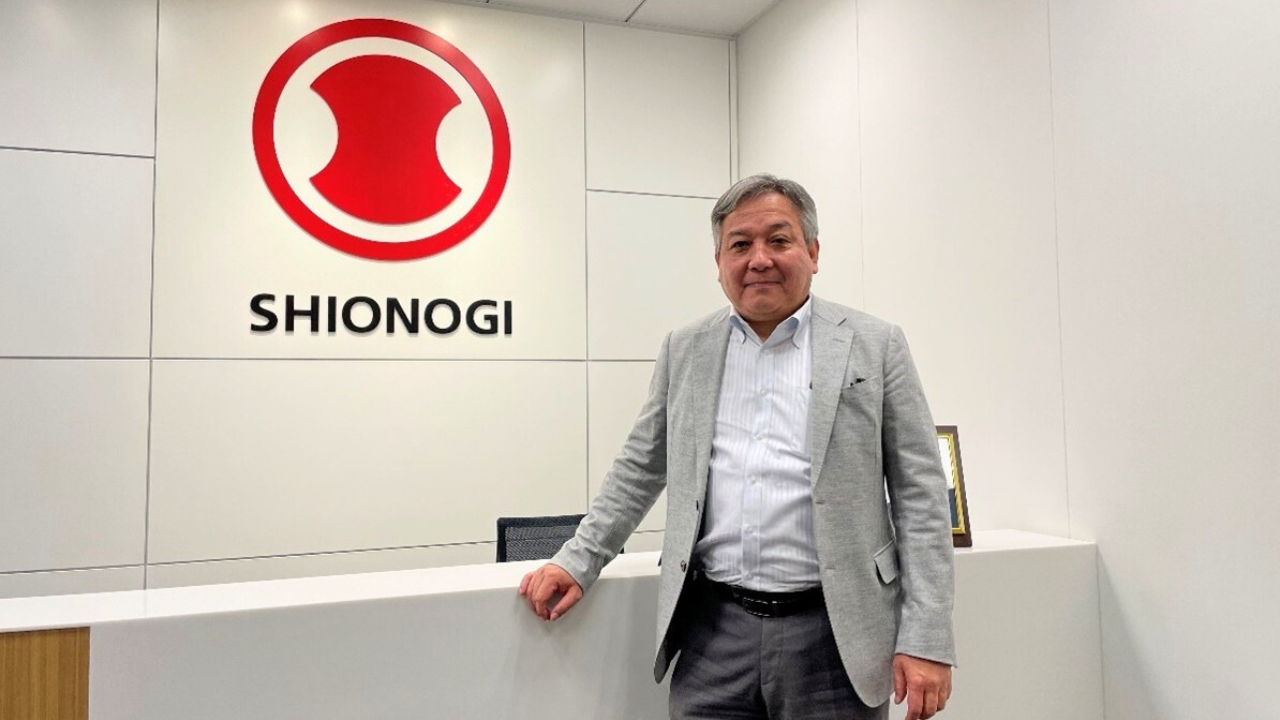Researchers on One Health and the Proper Use of Medications: Behind the Scenes of Rare Species Conservation and Infectious Disease Control

Why I Started Working on Rare Species Conservation
“My personal beliefs and the company’s's goals aligned perfectly, and that was the catalyst for my involvement in rare species conservation," Shishido passionately explains.
In the fall of 2022 and the following spring, highly pathogenic avian influenza wreaked havoc in Japan, not only affecting poultry farms with mass bird rearing but also threatening the survival of rare wild birds and endangered species. A notable example was the discovery of approximately 1,500 sick cranes in Kagoshima Prefecture.
Threat of Avian Influenza to Rare Bird Species and Challenges in Treatment
"Highly pathogenic avian influenza is not just a disease of domestic poultry.” Indeed, this disease can have a high mortality rate in birds other than chickens and significantly considerably impact the ecosystems of rare species. Shishido emphasizes the need for proactive measures.
“I ha've seen many veterinarians desperately trying to use antiviral drugs, facing the urgent issue of not knowing the correct dosage and administration,” Shishido notes. Antiviral drugs can only be effective when used administered in a the proper dosage and manner, and their improper use can lead to viruses resistant to the drugs, highlighting the need requirement for proper education.
Collaborative Efforts in Infectious Disease Control by Industry, Government, and Academia

Infectious disease control cannot be solved by a single organization or researcher alone.
Addressing infectious diseases in rare species is complex and, requiresing the establishment of appropriate dosages and administrations for of antiviral drugs based on pharmacokinetic and pharmacodynamic theories. However, the cost and specialized skills required for this measurement have prevented many several researchers and facilities from pursuing it.
Researcher Shishido’s Vision for One Health
“The moment when my personal interests align with the company’s's mission is incredibly exciting. This “'Infectious Disease Control for Rare Species”' project started small, but now, it has grown, with more people involved and a stronger focus,” says Shishido.
The project’s's goal is clear: “To establish a proper usage system for medications related to infectious diseases threatening biodiversity.”





